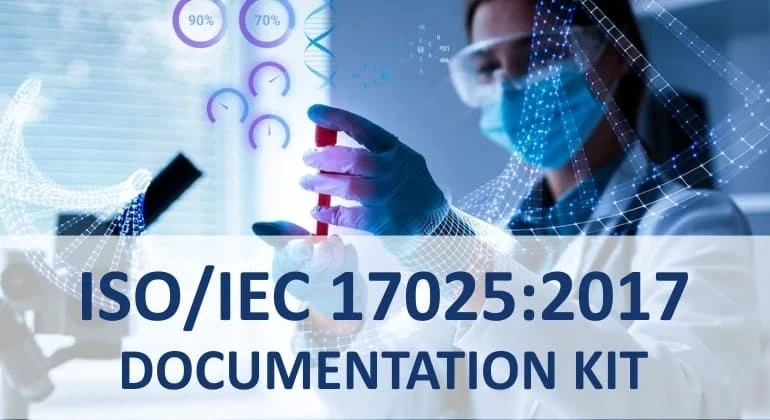Within the competitive and rigorous world of laboratories, reaching constant, correct, and internationally recognized results is paramount. The ISO 17025 standard serves as the gold standard for competence in testing and calibration laboratories, and understanding its document mandates is a crucial step toward lab success. This comprehensive guide explores the guide documents required for ISO 17025 compliance and their vital role in achieving laboratory excellence.
The Power of Documentation:
Effective documentation underpins every successful laboratory and forms the backbone of its quality management system (QMS). The ISO 17025 standard establishes clear requirements for specific documents, ensuring transparency, consistency, and adherence to best practices. Those documents play a critical role in several key areas:
- Demonstrating Competence: Well-developed documentation showcases the laboratory\'s technical expertise, impartiality, and commitment to quality. This builds trust and confidence with clients, regulatory bodies, and stakeholders.
- Ensuring Consistency: Documented procedures ensure standardized, repeatable procedures, minimizing errors and guaranteeing the reliability of test and calibration results.
- Facilitating Improvement: Regularly reviewing and updating documents promotes continuous development within the QMS, allowing the laboratory to evolve to evolving regulations, technologies, and client needs.
- Supporting Audits: Comprehensive documentation allows for smooth internal and external audits, facilitating compliance verification and identification of areas for development.
Mandatory Documentation:
While the specific details may vary based on the accreditation body and the laboratory\'s scope of operation, some core documents are universally mandated by ISO 17025
- Quality Manual: This overarching document outlines the laboratory\'s QMS policies, objectives, and management system structure. It serves as a roadmap for the entire system and its alignment with the standard.
- Procedures: Detailed step-by-step procedures are required for all critical laboratory activities, including sample handling, testing procedures, data analysis, and reporting. These procedures ensure consistency and adherence to established methods.
- Work Instructions: Supplementary to procedures, work instructions provide further details and guidance for specific tasks within procedures. They complement specific equipment,reagents,or techniques.
- Calibration Records: These document the calibration of all measuring equipment used in the laboratory, ensuring their accuracy and traceability.
- Test and Calibration Records: Comprehensive records detail every test or calibration performed, including data, observations, and calculations. These records are fundamental for traceability and demonstrating the validity of results.
- Nonconformity and Corrective Action Records: Any deviations from procedures or identified nonconformance\'s must be documented, along with corrective actions taken and their effectiveness. This demonstrates a commitment to continuous improvement.
Keys to success:
Imposing and maintaining effective documentation requires determination and a strategic approach:
- Clarity and Accessibility: Documents should be clear, concise, and easily accessible to all relevant personnel.
- Regular Review and Update: Regularly review and update documents to reflect changes in procedures, regulations, or technologies.
- Version Control: Maintain a well-defined system for version control and ensure everyone uses the latest version of documents.
- Training and Awareness: Train personnel on document understanding, use, and importance in maintaining the QMS.
Conclusion:
By understanding and effectively implementing the ISO 17025 document mandates, laboratories unlock a path to excellence. Comprehensive documentation fosters competence, consistency, and continuous improvement, ultimately leading to reliable results, client trust, and sustainable success in the competitive laboratory landscape. Remember, documentation is not merely a compliance requirement; it\'s a vital tool for achieving and sustaining laboratory excellence.



